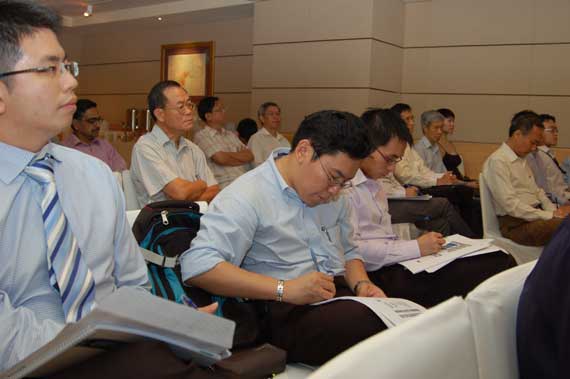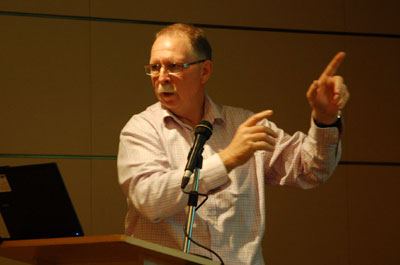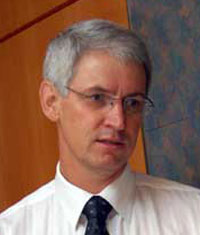
AUSTRALIA, WITH ITS committed investment in iron ore development LNG and oil & gas, is the envy of the US and many countries in Europe.
And all the opportunities are now in western Australia, said Ausgroup CEO Stuart Kenny at its FY2011 investor briefing at the Fullerton Hotel on Thu evening.
According to Ausgroup estimates, it stands to benefit from an estimated A$300 billion of major Australia resource projects and planned construction in the next 10 years.
Of this, about A$68 billion of work are projects that Ausgroup can tender for and order books were A$264 million as at end Jun.
Full year revenues were up 64.2%, at A$602.0 million while net profit attributable to shareholders were up 424.0% at A$12.4 million.
The company announced a turnaround in Q4, reversing a A$5.3 million loss in 4Q2010 to a net profit attributable to shareholders of A$4.4 million for 4Q2011.
A final tax-exempt cash dividend of 0.64 Singapore cents has been proposed.

Below is a summary of questions raised at the meeting and the replies made by the CEO and CFO Anthony Hardwick.
Q: Can you elaborate on the two projects that dragged down your EBITDA?
Stuart: An LNG train is a very complex structure, and difficult to fabricate with space constraints. You need to have very good people and management systems to work in that environment.
For companies that haven’t done it before, it is very difficult for them to prove that they have the credentials to be able to enter into that market. Our Australian operations, ACG, has these credentials but sometimes we don’t get it right in complex situations.
There were project execution issues in the LNG business coupled with quality issues that were delivered to the site by the modules that the client supplied.
Another one was an iron ore project where modules that came in that didn’t fit as they were supposed to. We were forced into a situation where there was a huge amount of rework.
We have commercial plans to deal with the 38 modules that didn’t fit. We’ve got justification that supports cost recovery but it is still yet unresolved.
We can participate in many stages in the life cycle of an LNG train:
(1) by manufacturing products for the subsea portion and the offshore portion
(2) Onshore piping or structural fabrication work
(3) Structural mechanical piping contract
(4) Providing scaffolding access services
(5) Painting and insulation
(6) Maintenance and on-going support of an operating plant that has been completed

Q: What edge does Ausgroup have over a competitor like Wah Seong?
Stuart: Insulation is critical to the process. In western Australia, an LNG train brings in gas from offshore.
When natural gas is compressed, it liquefies at –160 degrees Celcius. To keep that product in liquid form, everything has to be insulated. The insulation can be several layers thick.
It’s so critical that we have to train our workers to be able to apply it. They have quality inspectors to inspect how it is applied, and then there are very rigid specifications with the materials and the product that are used.
If you get the application wrong, you can be rejected. So we are one of the few companies in Australia that do this work.
Q: Why did margins grow in Q4?
Anthony: In the integrated services side, it is just the current good margins that are coming through. If you look at Q4, gross margins were 12.4% and in FY2010 it was 12.0%, so it is not out of line with the annual figure from last year. It just looks a bit higher compared to 4Q10.
Stuart: Our business is project-driven, and you can get to a stage when we have to take costs. We can’t be clear about the margin until the variation is processed. We can have periods where we have costs without any approved variation to pick up any margin on it.
Related story: AUSGROUP, SERIAL SYSTEM: Latest Happenings...






